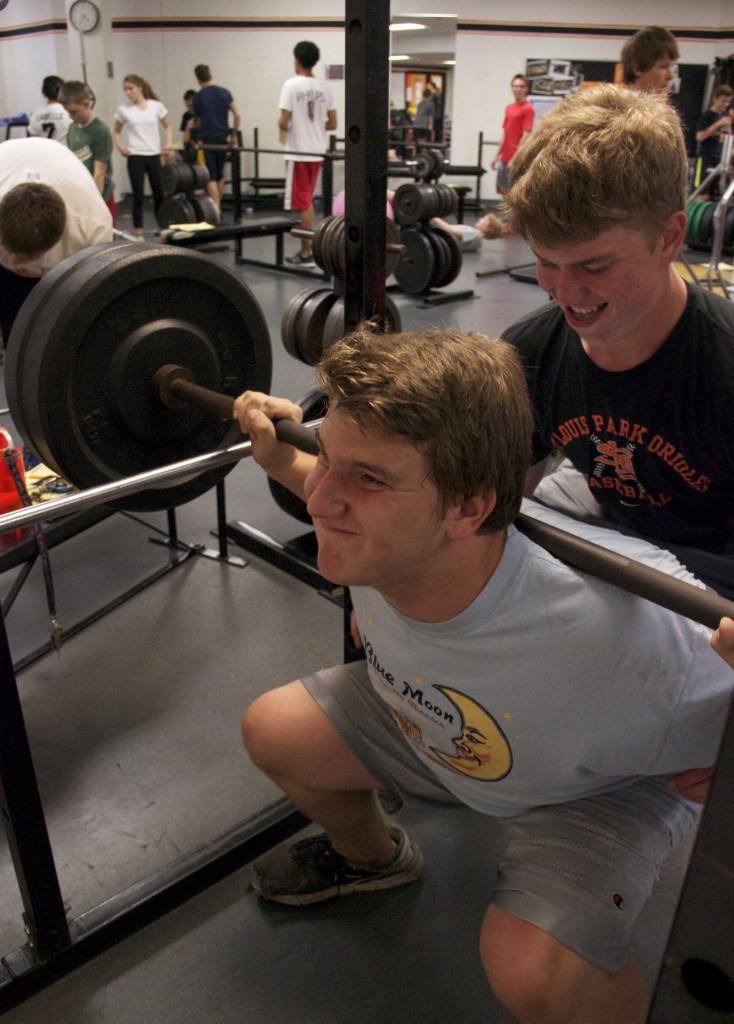Media influences muscle obsession in teens
Unrealistic images lead teenagers to engage in unhealthy habits
October 23, 2013
From infomercials on TV promoting the latest dieting product to ads featuring men with rock-hard abs or pencil thin women, the media can influence how many teenagers think about body image, according to Dr. Marla Eisenberg from the University of Minnesota.
According to a study conducted in November 2012 by doctors Eisenberg, Dianne Neumark-Sztainer and Melanie Wall from the University of Minnesota, more than 40 percent of all teenagers exercise regularly with the sole intent of gaining muscle mass. 35 percent of teenagers use protein powders and 6 percent use steroids.
“There are so many pictures in the media now of ripped men and really toned women,” Eisenberg said. “This sets up an ideal for what people should look like, and many will use unhealthy tactics to try to achieve this image.”
While some of these muscle-enhancing behaviors can have beneficial outcomes, Eisenberg said there are others that can be cause for concern among adolescents.
Jessica Gust, head of the strength and conditioning program, said she agrees unrealistic social expectations on body image for teenagers exist. This is one aspect she works to teach participants about, along with establishing healthy fitness habits.
“Changes don’t happen overnight and building muscle and strength require a long-term commitment to healthy habits including exercise, nutrition, sleep and other personal life decisions,” Gust said.
With the increase in muscle-enhancing behaviors and exercising, students have different reasonings to improve their fitness.
Senior Quinn Livdahl said he thinks someone’s commitment to working out should not be from outside influences, but should be a personal choice.
“I think your decision to exercise should come from within, not because of outside pressure,” he said. “The ultimate goal should be to be as healthy as you can be, not necessarily as buff or as skinny as you can be.”












